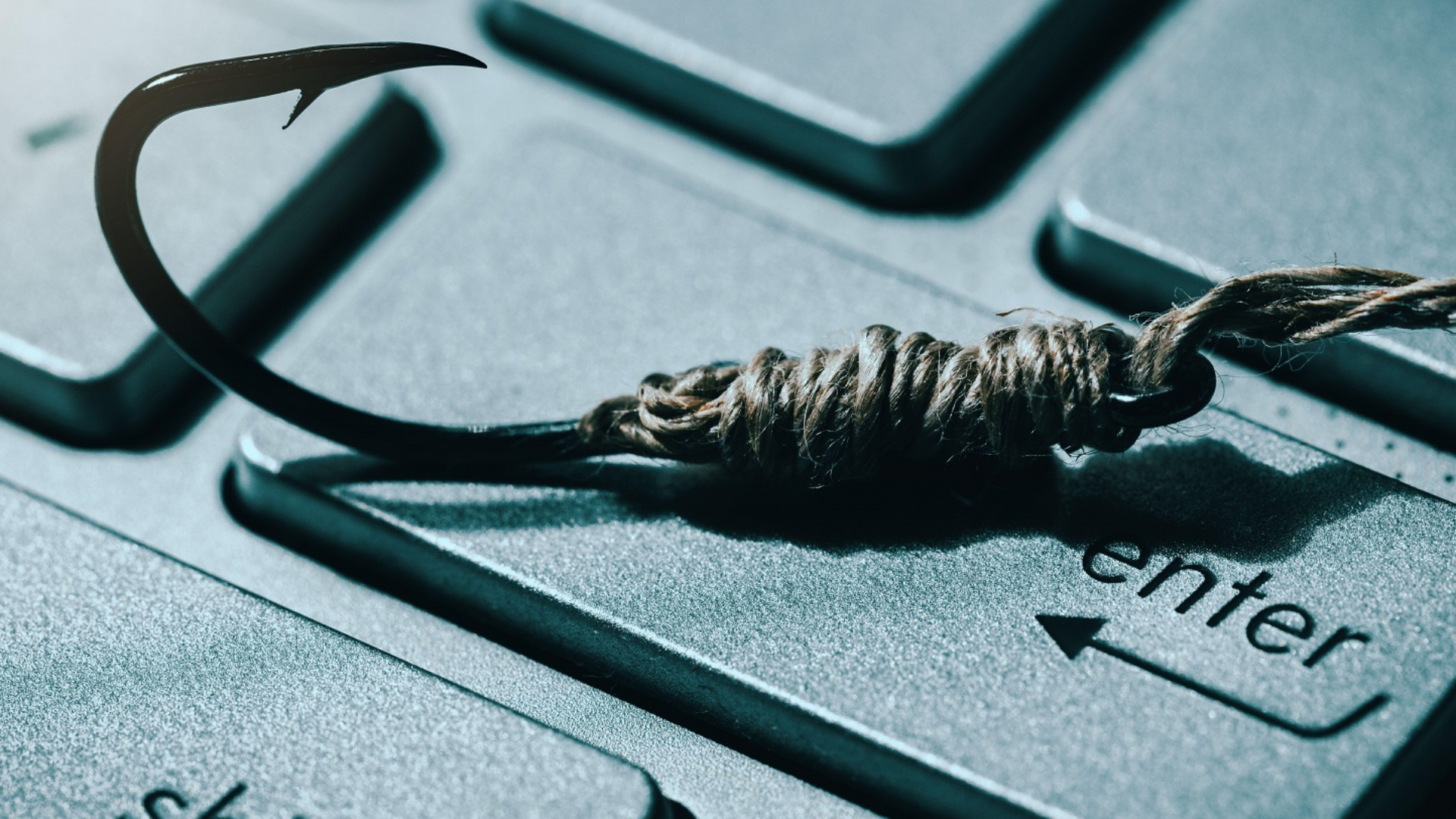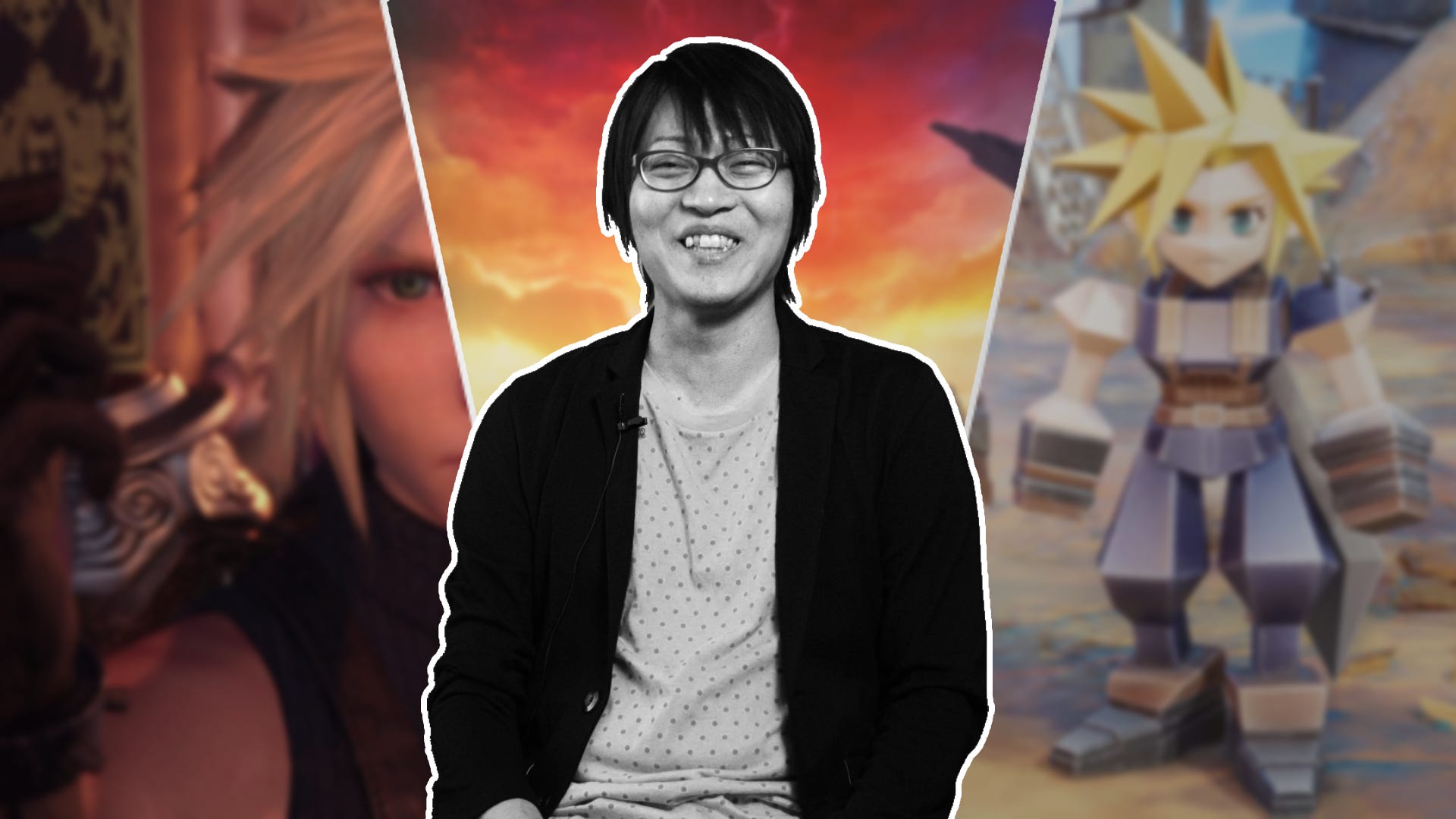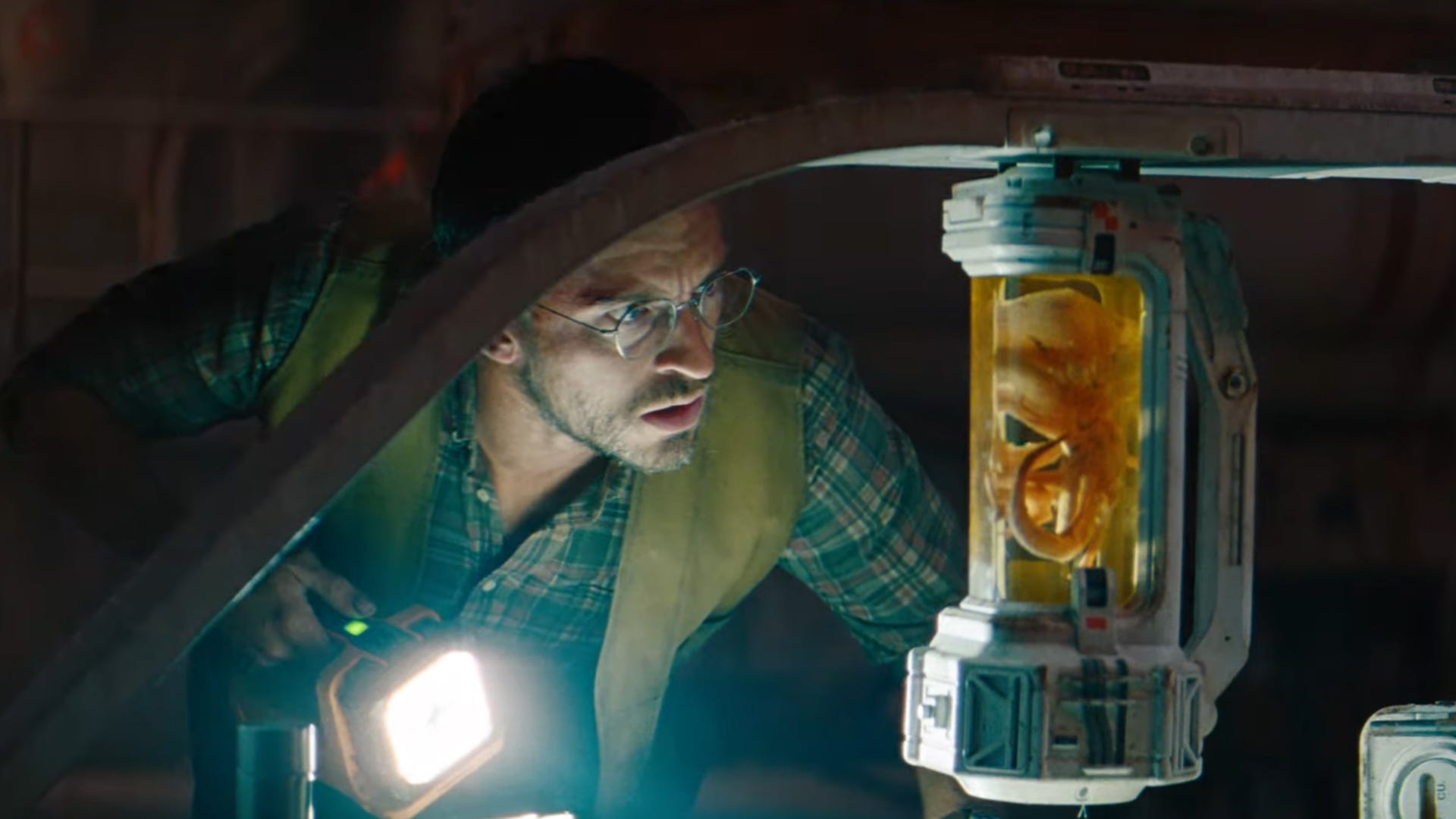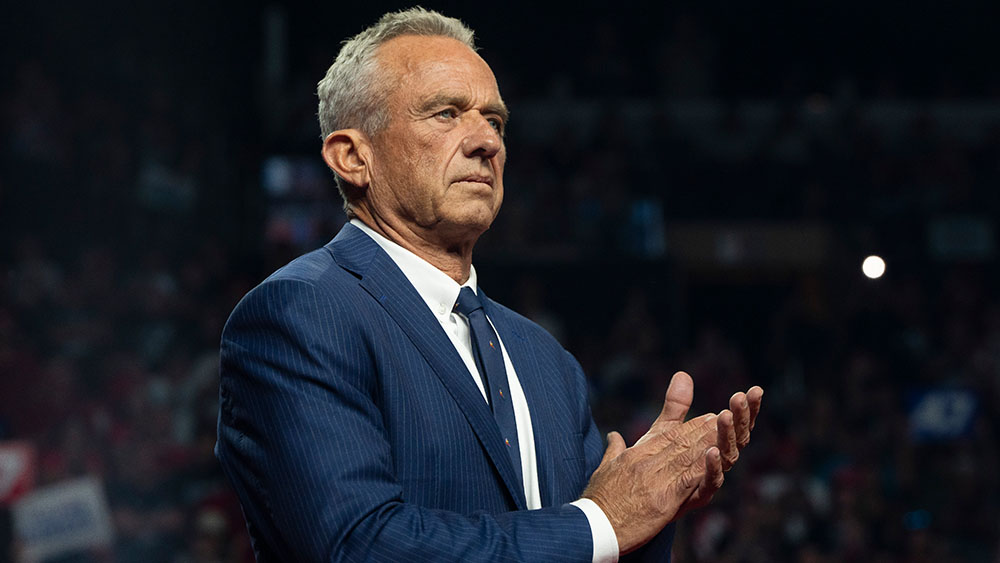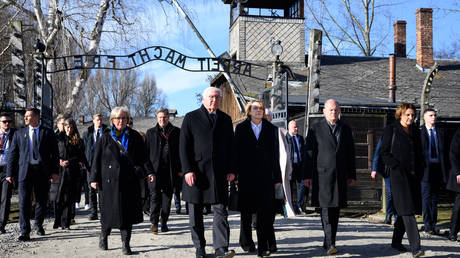Musk's expansive portfolio divides Trump world
Elon Musk may be the most divisive man in Washington — and in President Trump’s White House. In one camp stand Trump allies who see it as a matter of time before the president tires personally and professionally of Musk, who has been inescapable for the past week as he and staff for the Department...

Elon Musk may be the most divisive man in Washington — and in President Trump’s White House.
In one camp stand Trump allies who see it as a matter of time before the president tires personally and professionally of Musk, who has been inescapable for the past week as he and staff for the Department of Government Efficiency (DOGE) have sought to seize control of various agencies.
The critics see a tech titan who is not accountable to anyone but Trump and stirs controversy, even with some Republicans.
In the other camp are Trump advisers who see Musk as helping to deliver on exactly what the president promised as a candidate.
“This is what President Trump campaigned on,” White House press secretary Karoline Leavitt said Tuesday. “Elon Musk is a highly respected, once-in-a-generation business leader who is volunteering his time to help make our federal government more efficient.”
Musk’s shadow looms over the White House’s day-to-day business.
In separate exchanges over the past three days with the press, Trump was asked about Musk and his role in the government. Leavitt faced Musk questions during a brief Q&A with reporters on Monday amid uproar over the dismantling of the U.S. Agency for International Development (USAID). Leavitt confirmed Musk is serving as a special government employee.
Trump has been publicly supportive of Musk, and his advisers chafe at the suggestion that the tech titan is anything resembling a co-president.
“Elon can’t do, and won’t do, anything without our approval,” Trump told reporters Monday. “And we’ll give him the approval where appropriate, where not appropriate we won’t. … But he does have a good natural instinct, he’s got a team of very talented people. We’re trying to shrink government, and he can probably shrink it as well as anyone else, if not better.”
After Minnesota Gov. Tim Walz (D) posted on the social platform X that Musk “is a terrible president,” White House communications director Steven Cheung responded: “Tim Walz is a cuck.”
Musk has been at the center of Trump’s hacksaw to the federal government this week. He has been the main cheerleader for gutting USAID. His team has been pushing for access to the Treasury Department’s payment system, and DOGE staff has been involved at the Small Business Administration and the Government Services Administration.
Musk’s actions have led to protests outside the USAID building, outcry from Democrats and some unease from the public. A Gallup poll conducted Jan. 21-27 found 43 percent of Americans held a favorable view of Musk, compared to 47 percent who had an unfavorable view, and sustained bad news cycles centered on Musk could frustrate Trump.
“This Elon thing is going to be over in like three months. Both of these guys want to be the center of attention,” one Republican donor who requested anonymity to speak freely told The Hill.
But where critics see Musk as an existential threat to government guardrails and a danger to Trump politically, his defenders view him as a revolutionary thinker with the work ethic to actually follow through on Trump’s campaign promises.
“The only legitimate criticism that the Democrats can make is that President Trump has assembled the most highly competent, hardest working, and blazingly efficient Office of the President in American history,” senior White House aide Taylor Budowich posted on X. “The agenda voters demanded WILL BE delivered.”
Vance’s key role
With Musk soaking up significant attention, Vice President Vance has managed to fly somewhat under the radar in the early weeks of the new administration.
But it was Vance who played a critical part in helping some of Trump’s most controversial Cabinet nominees win over swing senators.
Sen. Bill Cassidy (R-La.) thanked Vance for “his honest counsel” in deciding to support Robert F. Kennedy Jr.’s nomination to lead the Department of Health and Human Services.
Sen. Todd Young (R-Ind.) also spoke with Vance as he eventually got to a “yes” vote in favor of Tulsi Gabbard’s nomination to serve as director of national intelligence.
White House officials argued Vance’s Senate connections will prove critical. He is well liked and respected by his former colleagues on the GOP side in particular, those officials said, and Vance has shown an ability to articulate Trump’s beliefs to lawmakers.
The trade war that wasn’t
Trump’s trade war that wasn’t with Mexico and Canada offered a lesson in how foreign leaders may try to navigate the next four years.
The president was poised to impose tariffs on both nations Tuesday, but they were delayed for a month after calls with leaders from both countries.
Mexico announced it would send 10,000 soldiers to the U.S. border to crack down on fentanyl trafficking. Canada said it would appoint a czar to oversee efforts to stop the flow of fentanyl and would ratchet up its posture toward cartels.
Neither announcement was necessarily groundbreaking on its own, and Canada and Mexico in recent years have increased their efforts to cut down on migrants and drugs crossing the border. But the terms were enough to satisfy Trump, and the White House took a victory lap.
The lesson for foreign leaders? Even a small gesture to Trump can be enough to avert a damaging dispute.
Foreign leaders flock to White House
Israeli Prime Minister Benjamin Netanyahu had the honor of being the first foreign leader to meet Trump at the White House, but others aren’t far behind.
Trump will host Japanese Prime Minister Shigeru Ishiba at the White House on Friday.
King Abdullah of Jordan is scheduled to meet with Trump on Tuesday. Indian Prime Minister Narendra Modi and British Prime Minister Keir Starmer are also slated to visit Trump at the White House this month.
The flurry of visits is reflective of the rush among foreign leaders to get on Trump’s good side and get a feel for what he may do on tariffs and foreign policy in the coming months.














